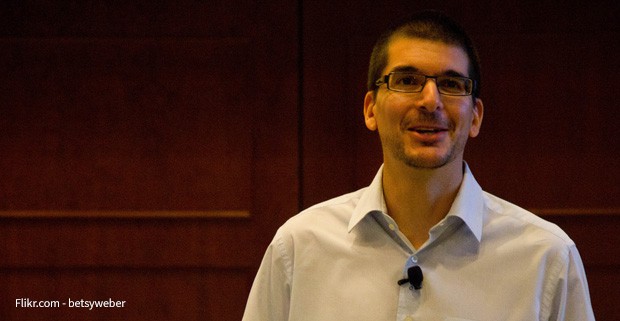How many times have we heard the old chestnut, the client is always right?
But are they?
Yes and No. Many of us go into marketing and communications projects wanting to keep clients happy, especially in the beginning of our careers. But, while the clients have an idea of what they want, their ideas of how to get there aren’t always in their best interest.
The key to this is to realize that what clients are looking for is not just the same old, same old.
You aren’t always there to just take orders. You may deliver everything they ask for, within budget and to the letter, but chances are it won’t deliver results. And likely, the client won’t be as happy as they could be.
Take this wise advice given to Mark Busse in his early design career by an especially tough client, as discussed in Act like an Expert, not a Designer.
“I pay you to be an expert, right?” he continued. “And obviously you are capable of producing what I need. Lots of people can. What I NEED from you is your expertise. There’s much more value between your ears than in your work. So if you’re not going to be honest with me, speak openly if you feel there’s a better way, or even teach me a few things along the way, then I’ll find someone else to work with.”
In fact, Busse suggests that the client-is-always-right mentality is passé: today’s communication professional now has to bring more to the relationship than just meet a client’s demands.
He cites research by Matt Dixon, author of The Challenger Sale and executive director of strategic research at the business performance consulting firm Corporate Executive Board.
“According to Dixon’s research, the buying process has changed in recent years. Never before have clients had easier or more access to information, allowing them to have a broader understanding of their own needs and benchmark against others, often downloading information from competitors’ and suppliers’ websites. Experienced design buyers can figure out much more on their own and are much further down the purchase path before they ever pick up the phone or email potential design candidates.”
The key to this is to realize that what clients are looking for is not just the same old, same old. They don’t need to see your whole portfolio and all your past accomplishments. They really need you to challenge their ideas and give them a tailored plan to meet their needs but also address how your services will save them time, money and expense.
That’s not to say it will be easy, but armed with the right information, you can establish your expertise early.
“When trying to do what’s best for your client, you will run into roadblocks. The best way to be prepared for this is to show them data that backs up what you want to do and show how it is best solution for them,” says Neil Patel, co-founder of Crazy Egg, Hello Bar and KISSmetrics, in 7 Lessons I Learned from Running a Consulting Company.
When pitching your services to a client, Busse suggest you draft up a one-page case study of a project that they can relate to and focus on the key discoveries rather than just on the deliverables. This way, they can focus on the expertise you bring to a project rather than just the design or marketing pieces that you have drafted in the past. Read more about this approach here.
While this approach may feel counterintuitive to many, remember that while your client has a lot of information in their field, you are the expert in yours. They hired your for your insight, so be the expert they are paying for.
